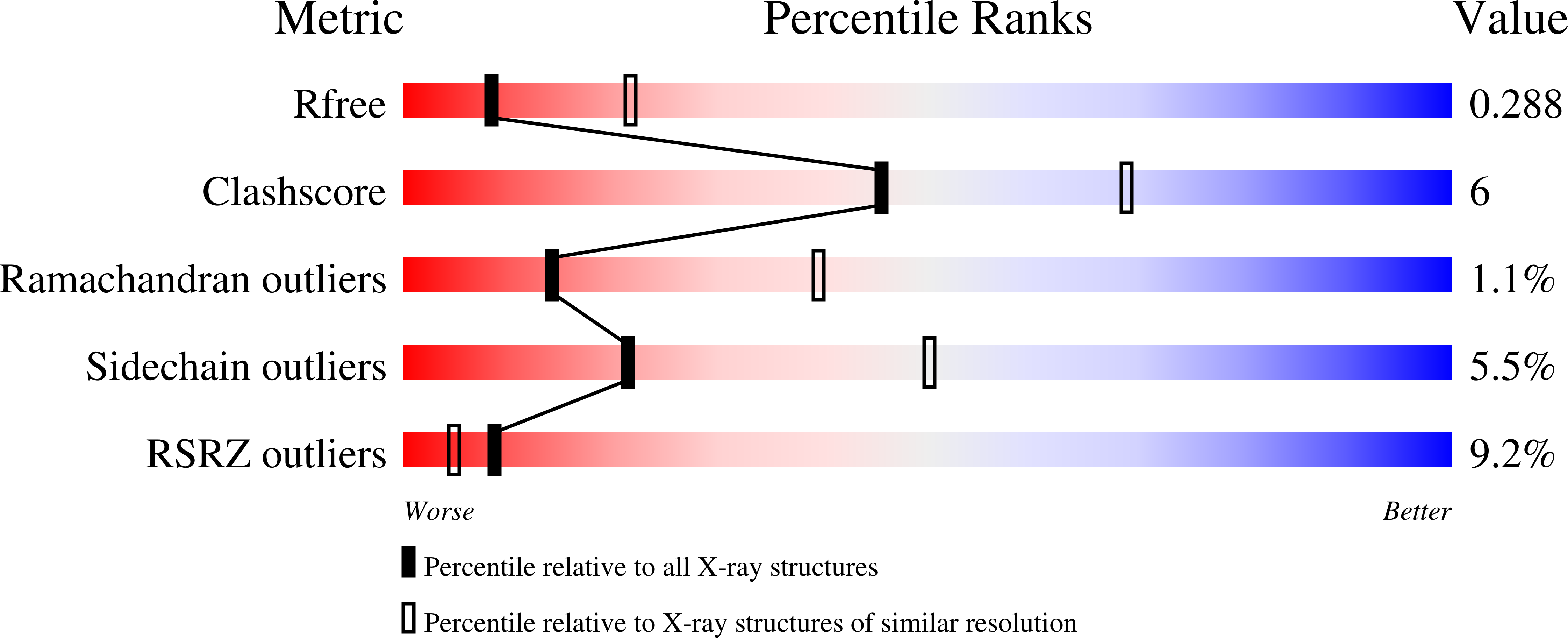
Deposition Date
2006-11-01
Release Date
2008-02-19
Last Version Date
2023-08-30
Entry Detail
PDB ID:
2NR6
Keywords:
Title:
Crystal structure of the complex of antibody and the allergen Bla g 2
Biological Source:
Source Organism:
Blattella germanica (Taxon ID: 6973)
Mus musculus (Taxon ID: 10090)
Mus musculus (Taxon ID: 10090)
Host Organism:
Method Details:
Experimental Method:
Resolution:
2.81 Å
R-Value Free:
0.28
R-Value Work:
0.23
R-Value Observed:
0.23
Space Group:
P 1 21 1


